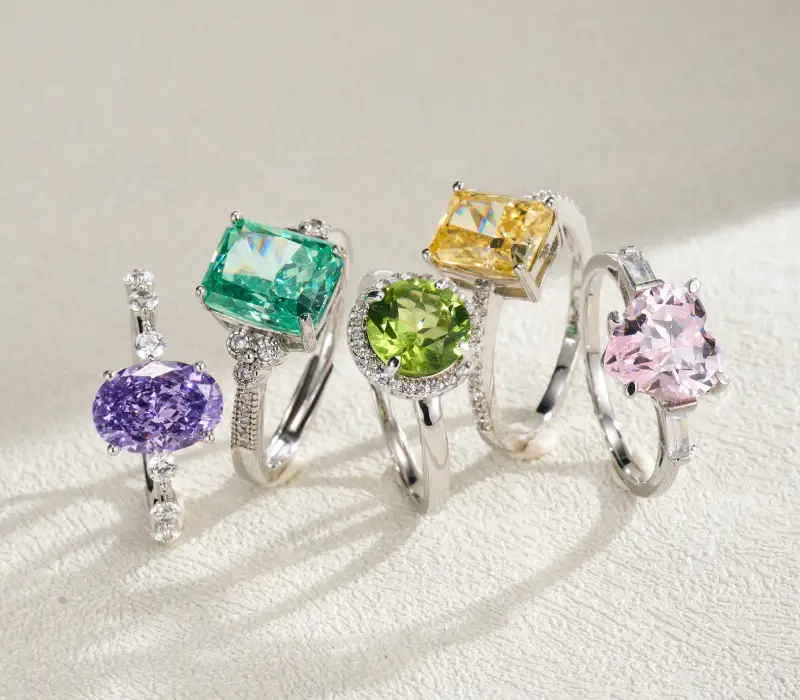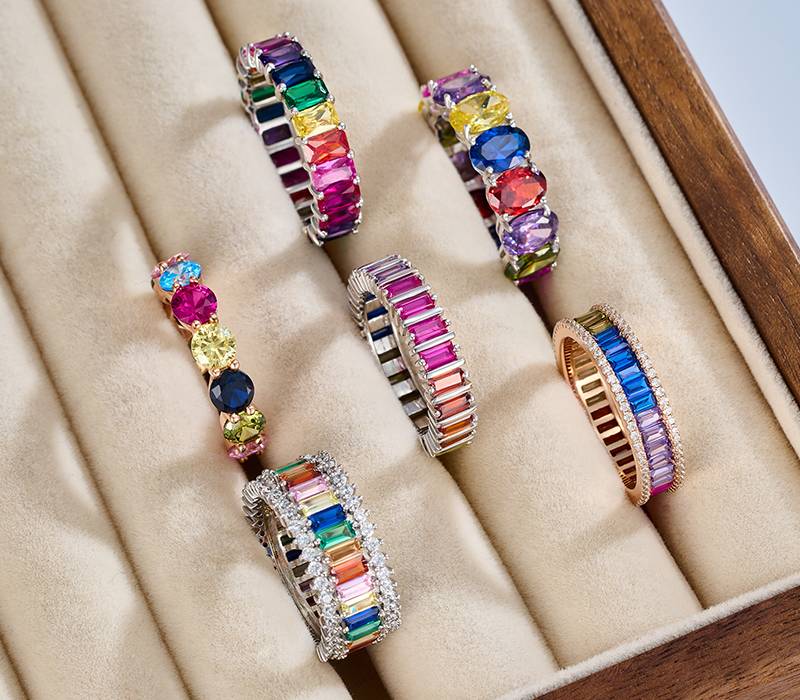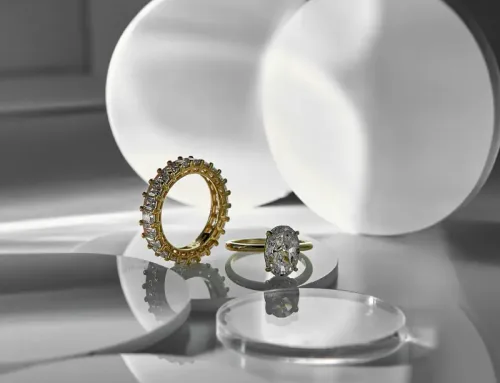Mother’s Ring – 7 Common FAQs
A mother’s ring is a timeless and sentimental piece of jewelry that symbolizes the bond between a mother and her children. It’s a gift that holds deep emotional significance and can be personalized in various ways to reflect a family’s unique story. If you’re considering a mother’s ring for yourself or as a gift, here are seven common questions answered to help guide your decision-making.
1. What is a mother’s ring?
A mother’s ring is a personalized piece of jewelry, typically a ring, that features gemstones representing each of a mother’s children. These stones are often birthstones, with each one corresponding to the month of birth of a child. The ring serves as a powerful symbol of family and motherhood, often becoming a cherished heirloom passed down through generations. Many mothers choose a design where the stones are arranged in a simple row, but there are also more intricate designs featuring different patterns or additional customization options.
2. What materials are used for mother’s rings?
Mother’s rings are typically crafted from high-quality metals and can be customized to match your personal style or budget. The most common metals used are:
- Gold jewelry (yellow, white, and rose): Gold is a classic, elegant choice and comes in various finishes to suit different tastes.
- Platinum jewelry: Known for its durability and rarity, platinum is often chosen for its long-lasting quality.
- Sterling Silver jewelry: A more affordable option that still offers a beautiful, high-quality finish.
Additionally, some rings feature alternative metals like titanium or stainless steel, which are sleek and more cost-effective. When selecting the metal, consider factors like durability, appearance, and budget.
3. How do I choose the birthstones for a mother’s ring?
The gemstones chosen for a mother’s ring are usually birthstones representing each of her children. Each month corresponds to a specific gemstone, such as ruby for July or sapphire for September. Here are some things to consider when choosing birthstones:
- Traditional Birthstones: Most people go with the traditional gemstone for each child’s birth month.
- Customization Options: Some mothers prefer using alternative stones that hold personal significance, such as choosing a stone based on its meaning rather than the traditional birthstone. For example, a mother may select a diamond for a firstborn child to symbolize strength.
- Stone Arrangements: You can select stones in various shapes, such as round, oval, or heart-shaped. How the stones are arranged—whether in a row, cluster, or custom design—can add personal flair to the ring.
4. Can I customize a mother’s ring?
Yes, mother’s rings are highly customizable, and there are several ways to make your ring truly unique:
- Birthstones: As previously mentioned, you can select birthstones for each child, but you can also choose different gems or add accent stones like diamonds or emeralds.
- Engraving: A meaningful engraving can be added, such as names, initials, or birthdates, which make the ring even more personal and significant.
- Design Style: From classic bands to more intricate settings, the design can reflect the mother’s personality. Some rings incorporate family symbols such as a tree of life or infinity symbols, adding extra meaning to the piece.
Customizing your mother’s ring ensures it resonates with your family’s story and is truly one-of-a-kind.
5. When is the best time to gift a mother’s ring?
While a mother’s ring can be given at any time, some occasions are particularly special for this sentimental gift:
- Mother’s Day: The most popular time to gift a mother’s ring, as it celebrates the mother’s role in the family.
- Birth of a Child: Many mothers receive a ring when they have a child, with each new addition adding another stone to the design.
- Family Milestones: Anniversaries, birthdays, or graduations are all meaningful moments for presenting a mother’s ring.
- Personal Occasions: Other occasions, like a family reunion or an adoption ceremony, are also fitting moments to give this special gift.
Each of these milestones gives an additional layer of meaning to the ring, making it even more memorable.
6. How do I care for a mother’s ring?
Proper care ensures that your mother’s ring remains beautiful for years to come:
- Cleaning: Regular cleaning is essential to keep your ring looking shiny. You can use a mild soap-and-water solution and a soft cloth. For deep cleaning, it’s best to visit a professional jeweler who can clean the ring and check the setting for security.
- Avoid Harsh Chemicals: Keep the ring away from chemicals like bleach or household cleaners, as they can damage both the gemstones and the metal.
- Storage: Store the ring in a soft fabric pouch or jewelry box when not in use. Proper storage prevents scratches and keeps the stones safe.
- Resizing: If your finger size changes over time, resizing the ring will ensure a perfect fit. Professional jewelers can handle resizing and maintenance tasks to preserve the ring’s integrity.
7. Can a mother’s ring be passed down as a family heirloom?
Yes, a mother’s ring can become a family heirloom that is passed down through generations. Because of its deep sentimental value, it’s often viewed as a symbol of family legacy. Here’s why:
- Emotional Connection: The personalized gemstones tied to each child’s birth make it a cherished item, carrying the legacy of each family member.
- Longevity: High-quality metals and gemstones ensure that the ring can last for generations if properly cared for.
- Tradition: Passing the ring down from mother to daughter or to the next generation adds to its emotional value, creating a tradition of family bonding and love.
A mother’s ring, passed from one generation to the next, keeps the family’s story alive and connects future generations to the past.
A mother’s ring is more than just a beautiful piece of jewelry; it’s a personal symbol of family and love. Whether you’re customizing a ring for yourself or gifting it to a loved one, the possibilities are endless. It’s a piece that will be treasured for years and can carry the story of a family for generations to come.







